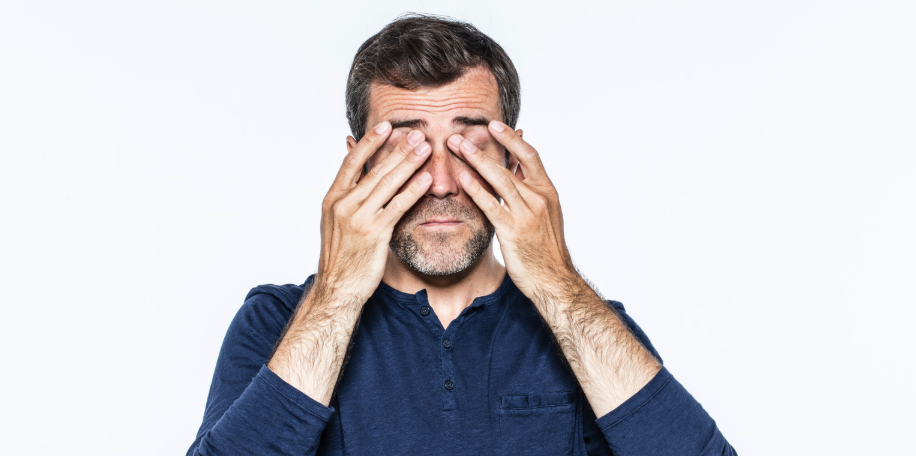Low testosterone, also known as hypogonadism, is a common condition that affects men as they age. However, it can occur at any stage of life and may lead to a variety of physical and emotional challenges.
In this post, we delve into the topic of low testosterone in men, exploring its causes, symptoms, and available treatment options to help you understand and address this hormonal imbalance effectively.
What is Low Testosterone?
Testosterone is a key male hormone responsible for the development of male sexual characteristics, muscle mass, bone density, and overall well-being. Low testosterone occurs when the body does not produce enough of this hormone, leading to hormonal imbalances.
Causes of Low Testosterone:
a. Aging:
As men age, testosterone production naturally declines, leading to a condition known as age-related or late-onset hypogonadism.
b. Medical Conditions:
Certain medical conditions like obesity, diabetes, and chronic illnesses can contribute to low testosterone levels.
c. Testicular Injury or Disease:
Trauma to the testicles or certain diseases affecting the testes can result in reduced testosterone production.
d. Hormonal Disorders:
Conditions affecting the pituitary gland or hypothalamus, which regulate testosterone production, can lead to low testosterone levels.
Common Symptoms of Low Testosterone:
a. Reduced Libido:
Low testosterone often leads to a decreased sex drive and a decline in sexual desire.
b. Erectile Dysfunction:
Men with low testosterone may experience difficulty achieving or maintaining erections.
c. Fatigue:
Persistent fatigue and decreased energy levels are common symptoms of low testosterone.
d. Loss of Muscle Mass:
Reduced testosterone can contribute to a decrease in muscle mass and strength.
e. Increased Body Fat:
Low testosterone may lead to an increase in body fat, particularly around the abdomen.
f. Mood Changes:
Men with low testosterone may experience mood swings, irritability, and feelings of sadness.
g. Decreased Bone Density:
Low testosterone can contribute to a loss of bone density, increasing the risk of fractures.
Diagnosing Low Testosterone:
If you experience symptoms of low testosterone, consult a healthcare professional. A blood test is commonly used to measure testosterone levels and determine if hormonal therapy is necessary.
Treatment Options:
a. Testosterone Replacement Therapy (TRT):
TRT is a common treatment to restore testosterone levels in men with hypogonadism. It can be administered through injections, patches, gels, or pellets.
b. Lifestyle Changes:
In some cases, adopting a healthier lifestyle, including regular exercise, balanced nutrition, and stress management, can help improve testosterone levels.
c. Managing Underlying Conditions:
Treating medical conditions like obesity, diabetes, or hormonal disorders may lead to improvements in testosterone levels.
Conclusion:
Low testosterone in men is a significant health concern that can impact various aspects of physical and emotional well-being. Recognizing the symptoms and seeking medical advice are crucial steps toward effectively managing this condition.
Whether through testosterone replacement therapy or lifestyle changes, addressing low testosterone can lead to improved quality of life and overall health for men experiencing this hormonal imbalance.
